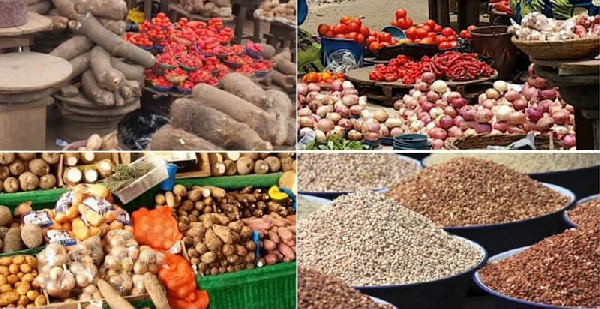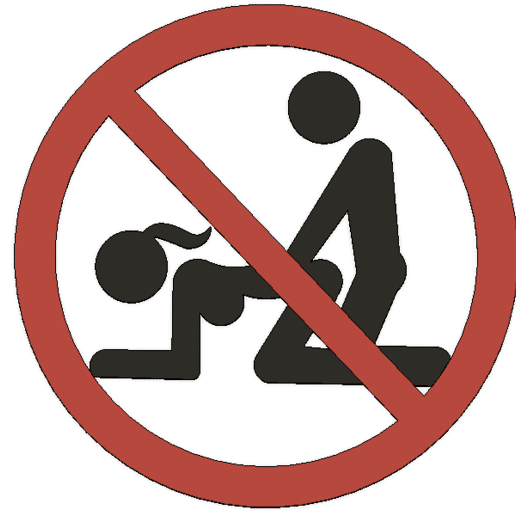Latest Data from agriculture and food profiling agency, Esoko Ghana, indicates that Ghana is witnessing mixed trade with regards to food prices from the previous month and expected it’s expected to continue in June.
Over the past month, prices of some commodities have reduced marginally, whilst others have increased by over 12 percent according to Esoko Ghana.
According to Esoko Ghana, prices for Cowpea (white) (109kg), and local rice (100kg) fell by less than 0.5 percent at the end of May 2020. New prices are GH₵426.29 and GH₵344.86, respectively.
Price of a crate of tomatoes (72kg) stood at GHC933.17, representing an increase of 12.97 percent over the month of May 2020. A bag of cassava (91kg) has also increased by 12.47 percent to sell at GH₵139.83 as at the end of May 2020.
Similarly, Pona, a variety of Yam, ended the month of May at GH₵837.00 per 100 tubers, indicating an increase of 2.74 percent.
Also, Soya (109kg) ended the month at GH₵276.00 per bag, an increase of 1.58 percent. A bag of maize (100kg) has increased by 1.39 percent, now selling at GH₵166.29 per bag.
ALSO READ: Cabinet approves strategic investor, Agrotech for Komenda Sugar Factory
Wheat (50kg) has also increased by 1.08 percent, to sell at GH₵299.60 per bag as at the end of May.
June 2020 outlook for food prices
Maize
The average price for a bag of maize (100kg) has increased by 1.39 percent, to sell at GH₵166.29, at the end of May. The highest price of GH₵236.00 was recorded at Takoradi. The lowest price of GH₵99.00, was recorded at Tamale.
Rice Local
The average price for a bag of local rice (100kg) has reduced by 0.41 percent, ending the month of May at GH₵344.86. The highest price GH₵440 was recorded at Dambai. The lowest price of GH₵246.00 was recorded at Tamale.
Tomato
A crate of tomato (72kg) increased by 12.97 percent, selling at GHC933.17 as at the end of May. The highest price, GH₵1600 was recorded at Dambai and the lowest price of GH₵420.00 recorded at Tamale.
Food prices usually at this time of the year could be high. However, in addition to the seasonal spikes at the onset of the rainy season, the restricted movements and caution by food vendors could all be reasons why food prices have increased.





















